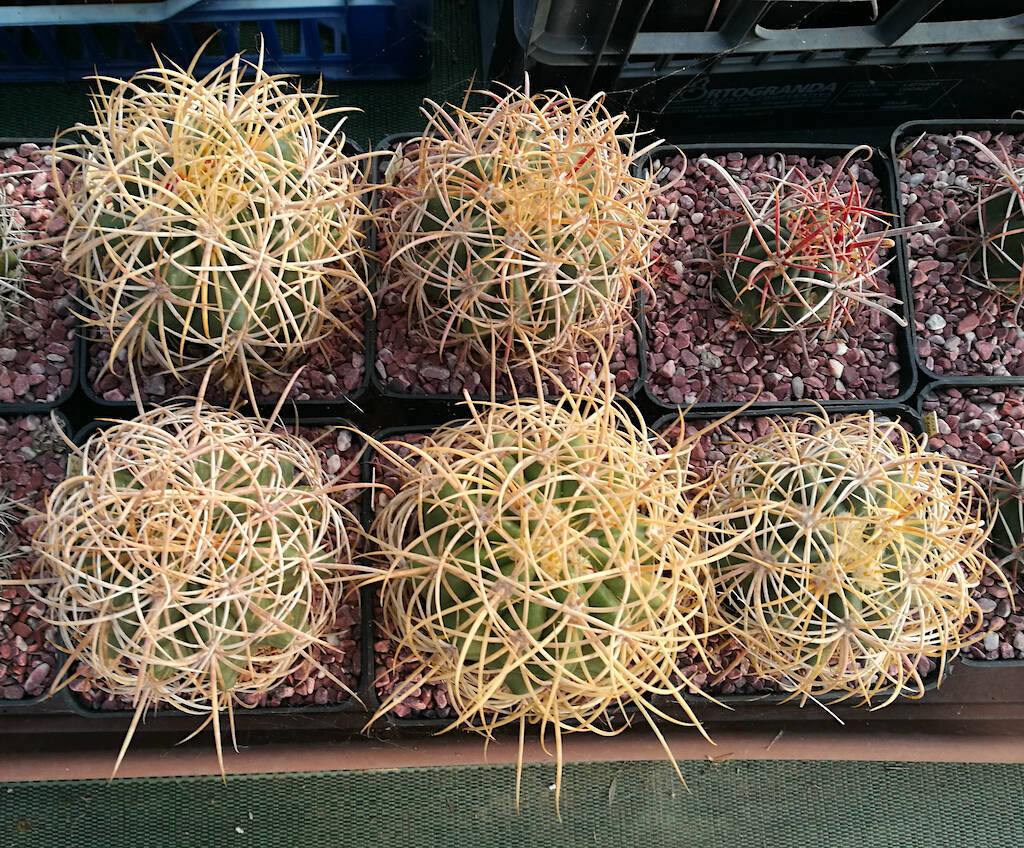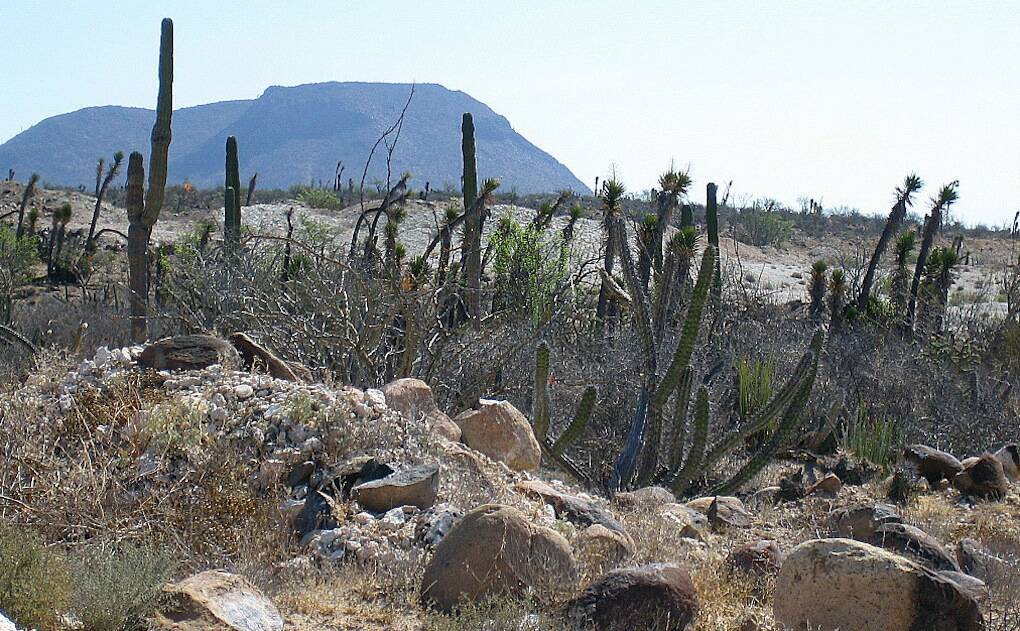Living tangles of incredibly intricate spines, “globes” wrapped in beautiful, deep yellow spines. This is how Ferocactus johnstonianus could be defined, perhaps hastily but at the same time realistically. We are talking about one of the most appreciated and sought after species among enthusiasts of the Ferocactus genus throughout the world. These are relatively uncommon and poorly propagated plants, not easily available on the market. They also do not grow quickly, and perhaps these are some of the factors that contribute to fueling the charm of johnstonianus. In these days of repotting I have had the opportunity to focus on some specimens of this species that I received a few years ago from my friend Francesco Soldi, a highly experienced italian grower especially with regards to the Ferocactus genus, although today he is concentrating on the Echinocactus genus and in particular on the horizonthalonius species. Well, the plants I got from him a few years ago initially grew very slowly – mostly my fault, because I put off repotting for a long time and used an excessively poor substrate – but in the last two years, also thanks to a slightly richer substrate, have recovered and today they are well characterized and proportioned and are starting to show their full potential.
In this article here is an in-depth look at this splendid species. (…)
Per proseguire nella lettura dell'articolo Accedi o Abbonati
To continue reading the article LogIn or Subscribe




